Mercedes has explained how it has managed to fix the correlation issues that were affecting its on-track numbers and simulation data.
As the team struggled with the ground-effects rules, it was often described how good numbers were being generated in the simulator but this would not translate into consistent on-track performance.
The team has however begun to make strong steps forward in recent races, aided by the arrival of a new front-wing in Monaco, allowing George Russell to nab pole in Canada before he took a podium finish, with Lewis Hamilton claiming his first rostrum visit of the year in Spain.
Trackside engineering director Andrew Shovlin has given a detailed breakdown of the problems the team was facing with its correlation and how a more "accurate representation" has been put together to boost performance.
"You are constantly working on the correlation in the simulator to the extent where the drivers will finish a race weekend and they'll come to us on the Monday or Tuesday and help us work on getting the correlation to match the car they had," Shovlin told media including RacingNews365.
"It is definitely a big factor because that is how you develop the cars these days by and large and it is a lot easier when you are racing all the time.
"You've got data coming in to confirm the things you are doing to actually make the car go quicker, where we can look at the qualifying gaps to pole and that was matching what we were finding on the sim - which was genuinely adding performance.
"It is difficult over the winter when you haven't got that check of how do you stake up against the competition - but that was an area that was difficult early in the year, but it does seem to be heading in the right direction.
"A large part of it is getting an accurate representation of the tyre and accurate representation of the car itself. There is a huge amount of detail in the tyres that you've got to get right in the models if you want to feel similar.
"It is not just about matching the speed trace by messing around with the grip levels so it lands in the right place. It is about making sure you've got a physical representation of the car and the tyre and that it is broadly behaving the same as it does on track.”
Viewed by others:
Mercedes delivering upgrades
Shovlin also pointed to the car upgrades the team is bringing as helping to raise the correlation bar as the W15 is moulded into a more compliant machine.
"We have definitely found development directions that have made us quicker, as has every team," Shovlin added.
"The question is are you developing as quick as the others. We had a car that inherently didn't want to balance and we couldn't get it working well around all the corners on a circuit and then it is difficult to deal with.
"We now have a car that works sensibly in low and high speed and medium speed and braking is okay, but there are always areas to improve.
"You'll always be chasing someone, or you are most of the time, but it does seem to be that the improvements to the car and other things have helped in the correlation exercise."
Don't miss out on any of the Formula 1 action thanks to this handy 2026 F1 calendar that can be easily loaded into your smartphone or PC.
Download the calenderMost read
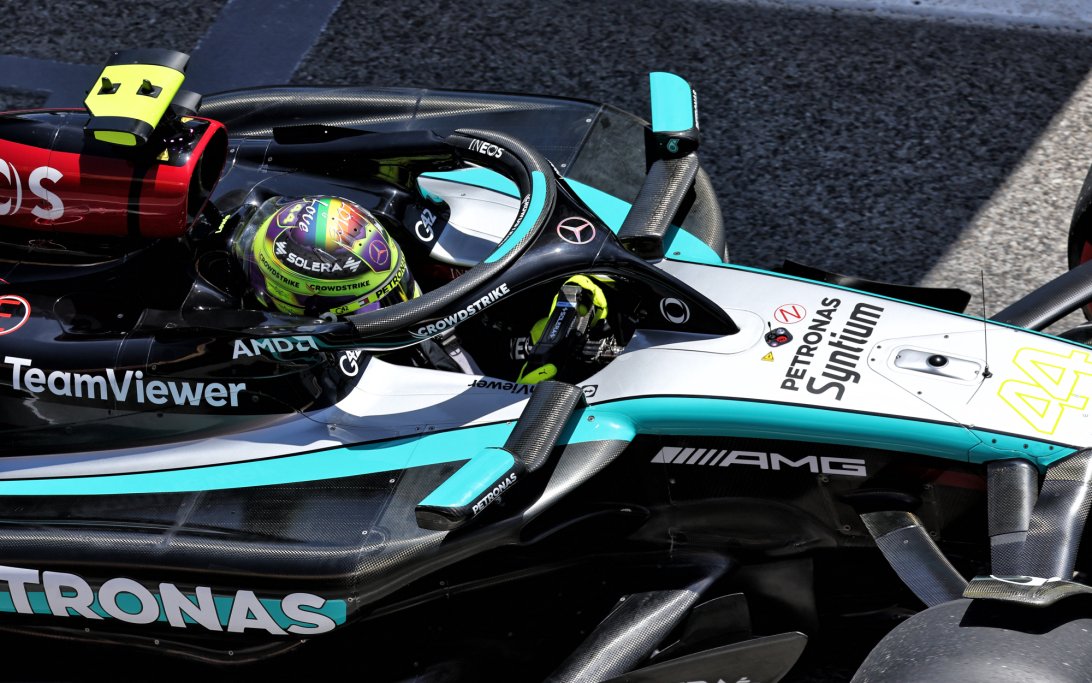

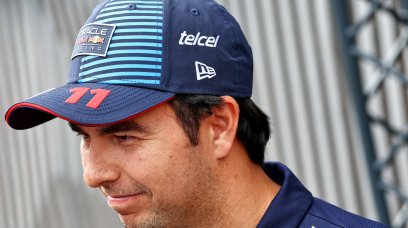
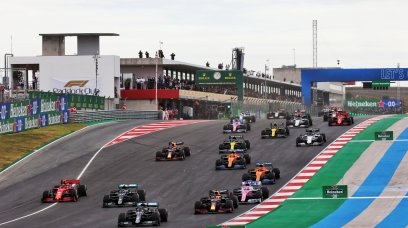
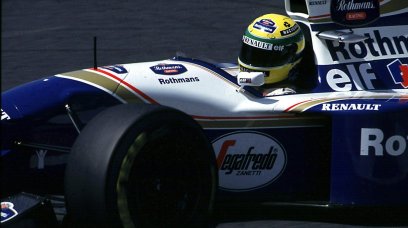
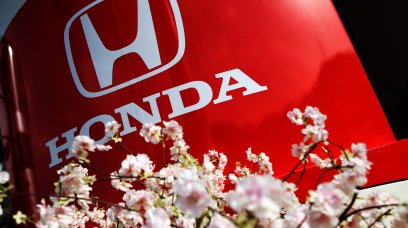


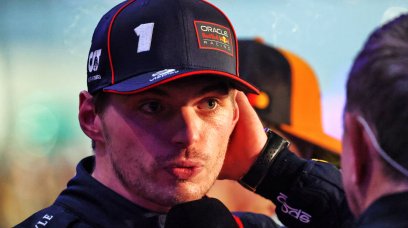

Join the conversation!